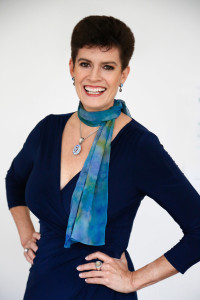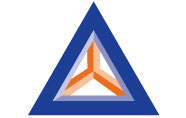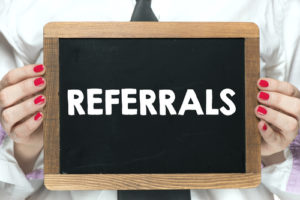03 Oct Where Do Your Contacts Rate on the Affinity Scale™?
{4:51 minutes to read} When I help my clients take inventory of their social capital, the intention is to double and triple their referrals and increase the yield from this massive asset. Ask any investment advisor: to get to where we want to go, we have to know where we are right now.
This Social Capital Inventory Process will help drive up many of the people that we’ve forgotten about. Someone we met 2 years ago could very well have been one of our hottest VIPs, but we drifted apart, simply because the structure to manage the various relationships wasn’t in place. Here’s the irony:
If we’ve forgotten about them, it means they’ve also forgotten about us – and people aren’t referring us if they’ve forgotten about us.
Referral generation, to a large extent, depends on how well we keep ourselves on the other person’s radar. Until we embrace mastering radar management, it’s going to be difficult for our portfolio to yield the level of referrals we would like. For this reason, the first step of inventory is to sort out who these people are that make up our social capital portfolio. Once we’ve determined who they are, the next step is assessing where we stand with each person, each “relationship account.” There are two frameworks from which to make this assessment:
1. Refer to the progression process — are you in the Know you, Like you, or Trust you stage of the relationship?
2. Complete an Affinity Assessment in order to determine where the other person sits on the Affinity Scale™ of 1-5. What this allows you to do is determine and assess where you are with someone in terms of your experience of “flow” with them. Literally, you’re looking at the ease of communication and the sense of being on the same page with another human being.
Affinity 1: You have a difficult time being in the same room, at the same table, at the same event, or even part of the same organization with this person. When you are around an Affinity Level 1, you could say they give you the “heebie-jeebies.”
Affinity 2: Communication is awkward but you can at least tolerate being in the same room with this person. If you’re at the same meeting together, you might sit on the other end of the table, but you’re okay being there.
[I suggest to my clients that it’s OK to let go of people with whom they experience Level 1 or 2 Affinity, and they may want to remove them from their phone or business card file.]
Affinity 3: This is the neutral zone. It’s a relationship where you don’t love them and you don’t hate them. There is nothing overwhelmingly negative or positive about the relationship. Affinity 3s are rarely part of the referral dance. WHY? Referrals are a function of inspiration: our being deeply inspired by who the person is and their professional excellence.
However, we might keep Affinity 3s as a resource, because they do something unique and occasionally we have someone needing what they do. It’s not that we’re all excited about referring them, but the relationship is at least cordial. It’s more of a matter of fulfilling a request for their products or services.
Affinity 4: This is a powerful level of Affinity. This is where you have a strong connectivity with the other person — you get where they’re coming from and they get you. Most of your VIP alliances, strategic partners, and candidates for your raving fan base will be Affinity 4s. Level 4 is the sweet spot for networking partners and alliances.
Affinity 5: These relationships are rare. What’s present is an extraordinary sense of having a kindred spirit connection. You feel completely at home with the other person. You could even say that you’re “vibing on the same wavelength.” In many cases, my clients have used phrases such as, “Wow, it’s like we were friends in another lifetime!”
The challenge of an Affinity 5 is that, because the connection is so deep and multidimensional, it’s easy for time to fly by and realize that the entire coffee meeting was taken up talking about everything but business. This challenge can be easily overcome by creating healthy boundaries.
What I recommend to my clients when they have a coffee meeting or a brainstorming session with an Affinity 5 is that they set a timer for 20 minutes. Until the timer goes off, they can dive deep into each other’s personal lives, dreams, and aspirations. At the 20-minute mark, it’s back to business.
Setting this time limit creates a boundary that empowers the two people in an Affinity 5 relationship to enjoy the depth of their connection while at the same time have a highly productive business meeting.
People refer us because they’re inspired by who we are, and we refer others because we’re inspired by them. Focus on your Affinity 4s and 5s. This will bring you not only an explosion of referral opportunities but an increased sense of meaning and fulfillment infused into your daily experience.

Cynthia Greenawalt
954-214-2511
cynthia@seachangenetworking.com



No Comments